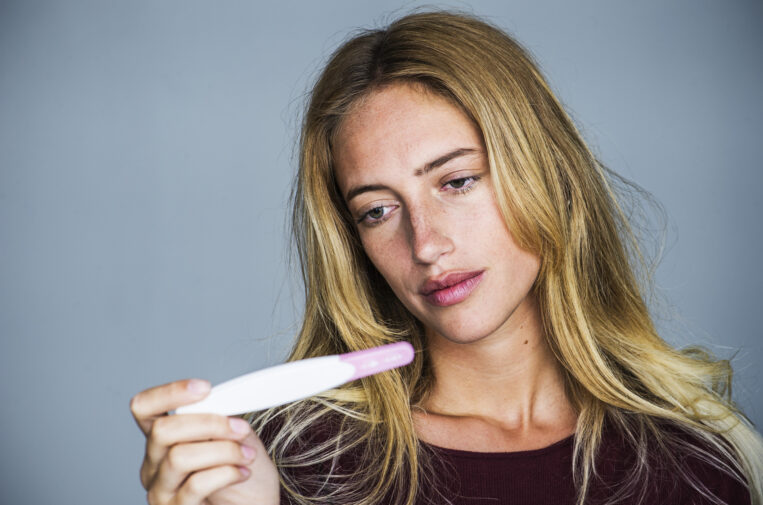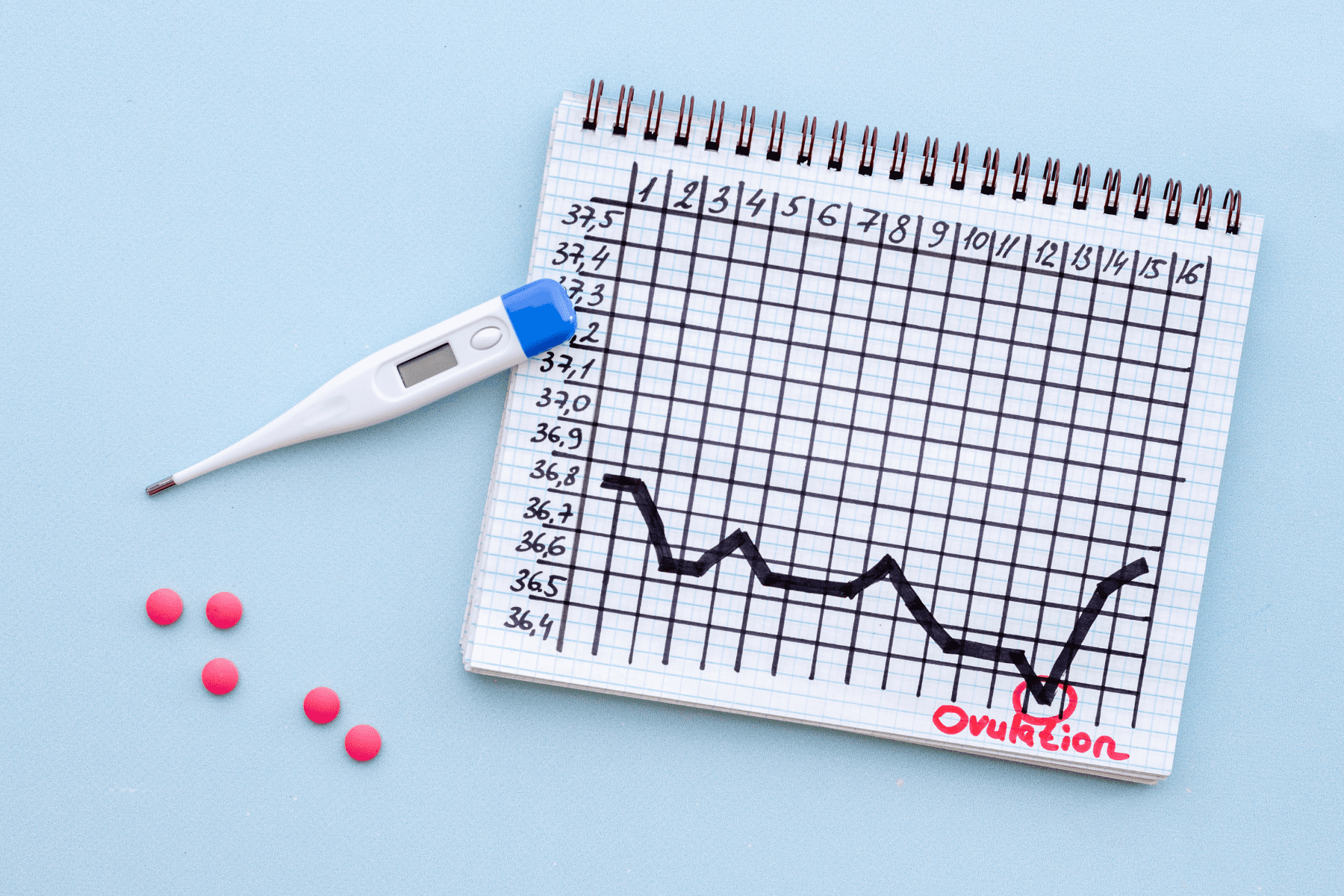Secondary Infertility is generally defined as the inability of a couple to conceive after a year of unprotected intercourse when one or both partners have previously conceived children.
Secondary infertility is a very common problem and can account for as much as 40% of infertility cases. Notwithstanding this fact, the treatment for this phenomenon is sporadic and often delayed by both patients and physicians due often to misconceptions that once you have had a child you will always be fertile.
The workup and treatment should be the same as for primary infertility.
The age of the female is the critical variable in infertility and rarely the rate limiting step.
Women are born with a set compliment of oocytes and these deteriorate both in quantity and quality with time. Menopause is the point of time when the pool has been exhausted. The decrease in infertility with age is significant after 35 and dramatic after 40. This decrease in ovarian reserve results not only in a decline in pregnancy rates but a significant increase in miscarriage rates due to the increasing fragility of the eggs.
The age of the female, although not as significant a factor, too plays a role in reduced outcomes.
With secondary infertility, often there has been a change of partners which creates a different paradigm and so a full workup is necessary in both partners.
In secondary infertility, there is often an increase in time lapse between pregnancy attempts. It is during this period that various pathologies can evolve or worsen to the point of decreasing fertility potential – Endometriosis, uterine pathology especially fibroids and deterioration of sperm parameters are some of the most common etiologies and should be vigorously assessed.
The history of the initial pregnancy is also important. Delay in conception with the first pregnancy might indicate a lower fertility potential manifesting itself with increasing time. Complications during delivery and postpartum, such as retained placenta and postpartum D&C, can also lead to uterine pathology with intrauterine adhesion formation and subsequently secondary infertility.
Lifestyle changes are increasingly being associated with diminishing fertility. Excessive weight gain and the role of stress and anxiety have been shown to have significant reproductive repercussions.
In conclusion, secondary infertility is a very common problem often ignored and treatment delayed due to misconception. The couple should have an aggressive workup and treatment designed appropriately as with primary infertility.







